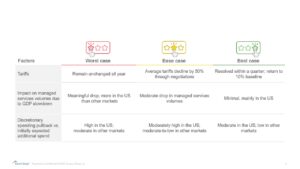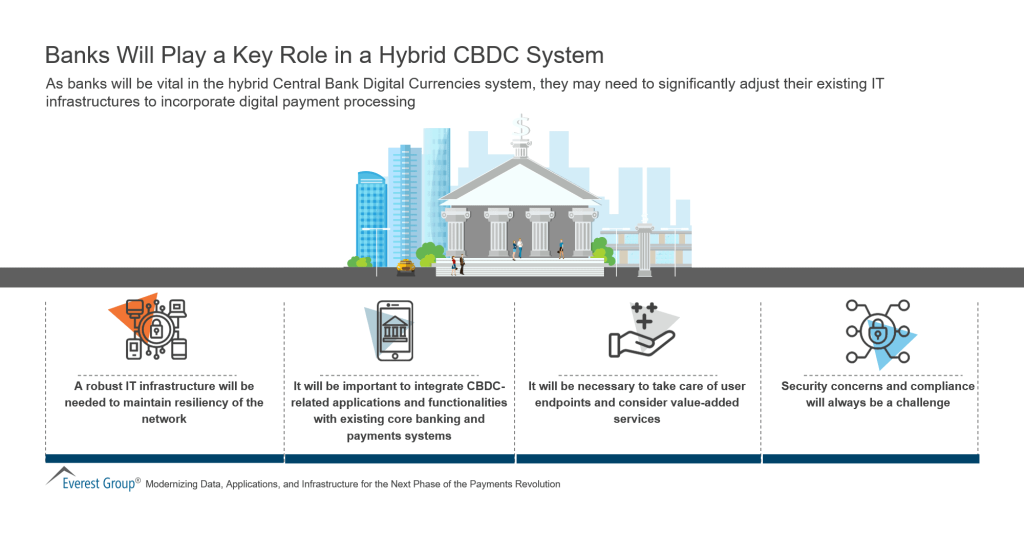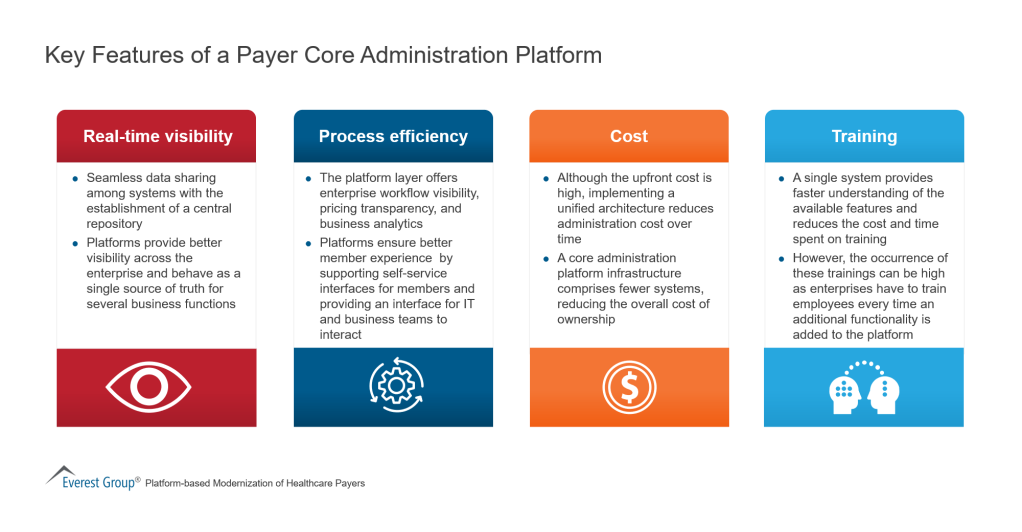The US Administration’s Tariffs on India: Services Largely Unaffected, But Ripple Effects Expected
On July 30, President Donald Trump announced that the US will impose a 25% tariff on imports from India starting August 1. While the announcement appears focused entirely on goods – and there’s no mention of services – it has already sparked concern among enterprise stakeholders sourcing IT and BPO services from India.
Let’s be clear: IT, BPO, and digital services are not covered by the announced tariffs. Historically, services have been excluded from tariff frameworks due to their intangible nature and the practical difficulty of regulating their flow across borders. Services are delivered through people, platforms, or digital networks – not shipping containers. As Everest Group analysts have consistently noted, tariffs have almost always targeted physical goods.
However, anxiety is inevitable. These headlines grab attention, blur the lines between goods and services, and – rightly – prompt enterprises to reexamine their global delivery risk exposure. While there is no direct action against IT or BPO, the implications go beyond the obvious.






